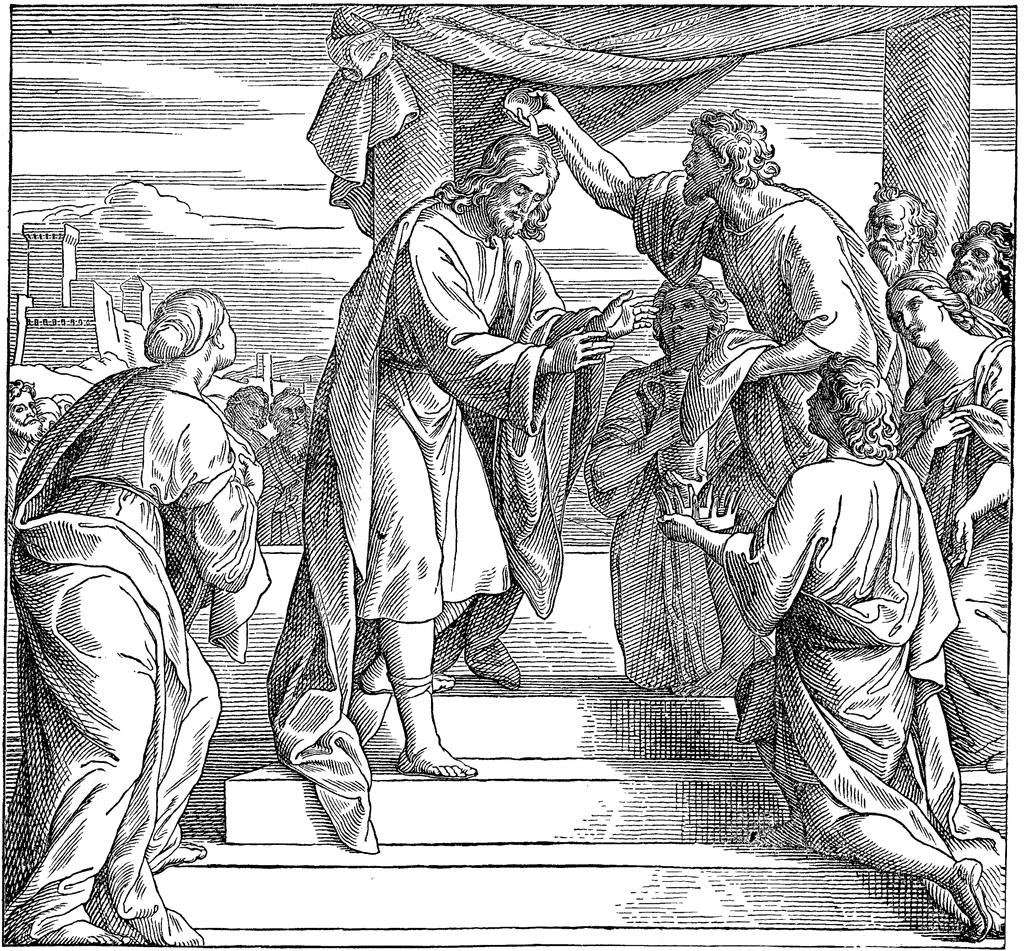History 8 Near East Vocabulary
Return to History 8 page. Please sign you work.
Vocabulary: Please note that number 8 is skipped in the original numbering.
1. biblia
2. Covenant
3. monotheism
4. Decalogue-It is a list of moral/religous rules and codes mostly found in Christianity and Judaism. It is also known as the Ten commandments. Or Ten Utterances. [[1]] MEC.
5. Torah
6. Prophet
A prophet is a religious figure who has contact with god(s) and is assigned to carry out their will on Earth. Rulers are often prophets.
Other definitions... 1. A person who speaks by divine inspiration or as the interpreter through whom the will of a god is expressed. 2. A person gifted with profound moral insight and exceptional powers of expression. 3. A predictor; a soothsayer. 4. The chief spokesperson of a movement or cause. (From [2])
Many people today think of a prophet as any person who sees the future. While the gift of prophecy certainly includes the ability to see the future, a prophet is far more than just a person with that ability. To learn more, go to [3]. A.D.
7. Menorah
A seven branched candle holder used in Hebrew temples. The menorah symbolizes the nation of Israel and represents a light to guide other nations.
To learn more about the history of menorahs go to [4] FF
9. Babylonian Captivity
10. Iron Age
There were two Iron Ages in the near east and the Levant from 1200-1950 BCE. Throughout the Iron Age I period new ethnic and political identities developed, including the Israelites, Philistines, and Arameans. Many other groups were also first recognized as “peoples” during the Iron Age I Period. The Egyptian collapse in Canaan provided an opportunity for new lifestyle’s to form. During the Iron Age II, nation-states developed in southern Levant. Also, territory and nationality became part of a commoner’s identity. (Manual pgs. 64 +68) N.G.

Picture from http://www.bearebel.com/images/ProudAmericanEagle. The eagle, flag, and motto on the American symbol serve as sources of identity for all those who live in America. Identifying yourself by nationality was new in the Iron Age II period.
To learn more about the iron ages go to [5]. Pages 8-12 were especially helpful.
11. Patriarch- The Hebrews were chosen by their god to be chosen people; people outside the family were not included in the special relationship with their god. Abraham was the man who originally was contacted by his god and told to move his family, so he was the first of the Patriarchs. The Hebrew's view of history was held in their patriarchal stories, including the one in which Abraham was willing to sacrifice his son to please his god (Manual 67). Claire G.
12. King Saul
The first king of Israel during the Iron Age II, King Saul had to find a way to unite the area. He created nation-states in southern Levant by bringing people together through a common religion and culture - Hebrew. After dying in battle against the Philistines, King David took over.
(Manual 68) and class notes. Also, http://www.aish.com/jl/h/cc/48936347.html or http://www.jewishhistory.org/saul-the-first-king/ are helpful websites for more information.
13. King David
The kingdom of Israel under David is an example of the "new states" of the Iron II period. King David defeated the Philistines and united the states of Israel and Judah to rule over all Israelites for the first time. David was able to expand Israel due to his great military. David conquered the Canaanite town of Jerusalem and Jerusalem became the civil and religious capitol of King David.

This picture is from http://etc.usf.edu/clipart/67600/67656/67656_king_david.htm. L. McKone
14. King Solomon
King Solomon ruled over Israel and succeeded his father, King David. After King David extended the size of Israel due to the great army he led, King Solomon ruled over the united and wealthy kingdom of Israel (Manual p68). J. Trieschman
15 Elijah